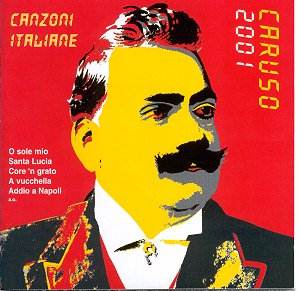 Composer: Orlando Gibbons
Composer: Orlando Gibbons
Works: Go from my Window; Fantasia a6 No. 5; Fantasia a6 No. 6; What is our life?; Fantasia a2 No. 5; Fantasia a2 No. 6; Pavan a6; Galliard a6; Fantasia a6 No. 3; Fantasia a6 No. 4; Fantasia a2 No. 1; Fantasia a2 No. 2; Ah, dear heart; The silver swan; Fantasia a6 No. 1; Fantasia a6 No. 2; Fantasia a2 No. 3; Fantasia a2 No. 4
Performers: Mark Levy (treble viol), Reiko Ichise (treble viol), Joanna Levine (tenor viol), Emilia Benjamin (tenor viol), Daniel Yeadon (bass viol), Alison McGillivray (bass viol), Gary Cooper (organ), Rachel Elliott (soprano)
Recording: February and April 2000, St. Andrew’s Church, Toddington, Gloucestershire
Label: METRONOME 1039
Orlando Gibbons, a central figure in the English Renaissance, occupies a dual legacy as both a composer of intricate polyphony and a master of lyrical melody. His work, “Go from my Window,” along with the collection of fantasias and consort songs presented by Concordia, exemplifies the transition from the sacred to the secular, thus reflecting the cultural shifts of early 17th-century England. This recording serves not only as a testament to Gibbons’ compositional prowess but also as an opportunity to explore the rich textures and emotional depth afforded by the viol consort.
The performance by Concordia reveals a profound understanding of Gibbons’ stylistic nuances. The ensemble deftly navigates the contrasting textures between the six-part fantasies and the more intimate two-part dialogues. The opening Fantasia a6 No. 5 immediately showcases the ensemble’s technical precision and interpretative clarity, with the viols weaving together a tapestry of interlocking lines that speak to the composer’s mastery of counterpoint. The harmonic language, intriguing in its subtle dissonances, is rendered with a transparency that allows each voice to resonate distinctly while maintaining a cohesive sound.
Rachel Elliott’s contributions on the consort songs, particularly in “What is our life?” and “The silver swan,” bring an added layer of poignancy that elevates the overall interpretation. Her voice, rich and expressive, navigates Gibbons’ melancholic text with a sensitivity that enhances the emotional weight of the music. The juxtaposition of her vocal lines against the intricate viol accompaniment creates a haunting effect, reminiscent of the emotional intensity found in the works of John Dowland, yet Gibbons’ plaintive tonalities often delve deeper into the human experience, capturing a sense of wistfulness that is particularly compelling.
Recording quality is commendable, with an acoustic that complements the viols’ warm timbres while providing ample space for the music to breathe. The engineers have struck a balance that avoids the pitfalls of both coldness and muddiness, allowing each instrument’s unique voice to shine through. The careful placement of the ensemble within St. Andrew’s Church adds a slight reverberation that enhances the richness of the sound without obscuring the clarity of individual lines.
This release stands out not only as a fine representation of Gibbons’ work but also as a notable entry in the broader discography of viol consort music. While previous recordings have explored similar repertoire, Concordia’s performance is particularly notable for its combination of meticulous attention to detail and emotional depth. Their approach to the two-part fantasies, which are often overshadowed by their six-part counterparts, reveals a wealth of counterpoint and musical novelty that merits recognition.
A deep exploration of Gibbons’ music, as presented here, yields a rewarding experience that resonates with both historical significance and contemporary relevance. The combination of skilled musicianship, thoughtful interpretation, and high production values makes this recording an essential addition to the library of anyone interested in the rich tapestry of early English music. The synergy between the performers and the music itself culminates in a compelling narrative that invites repeated listening and reflection.



